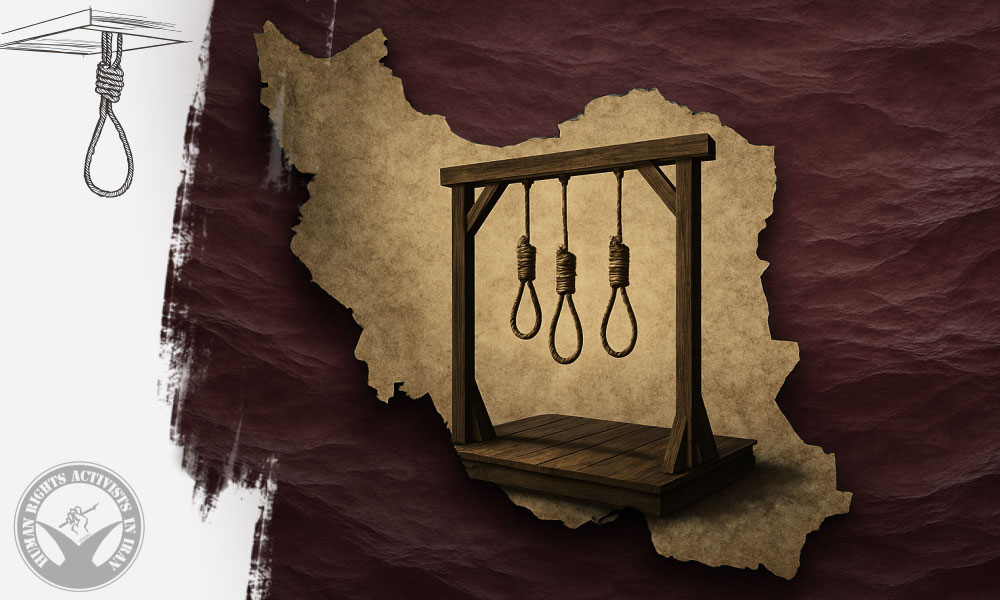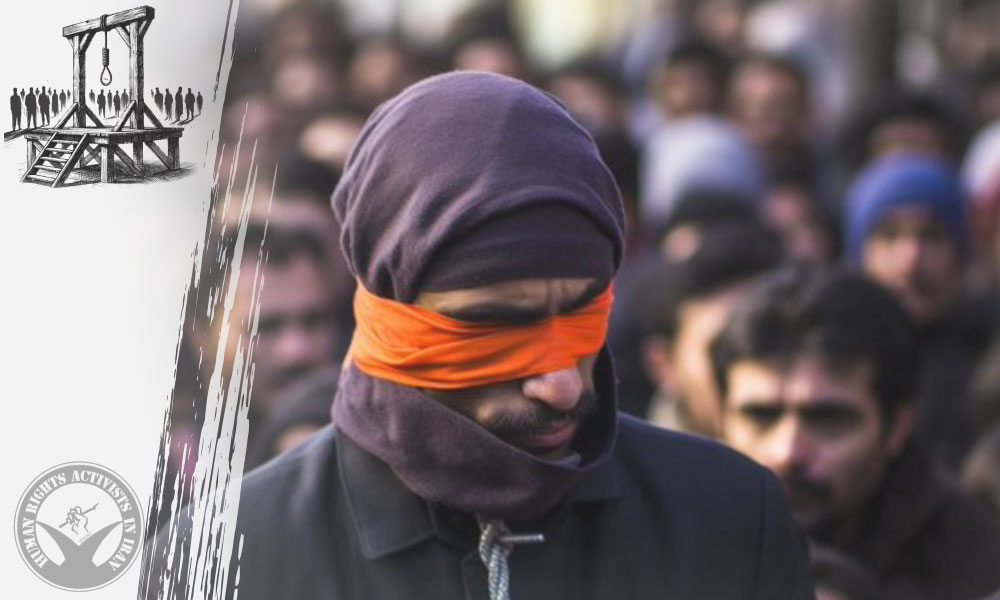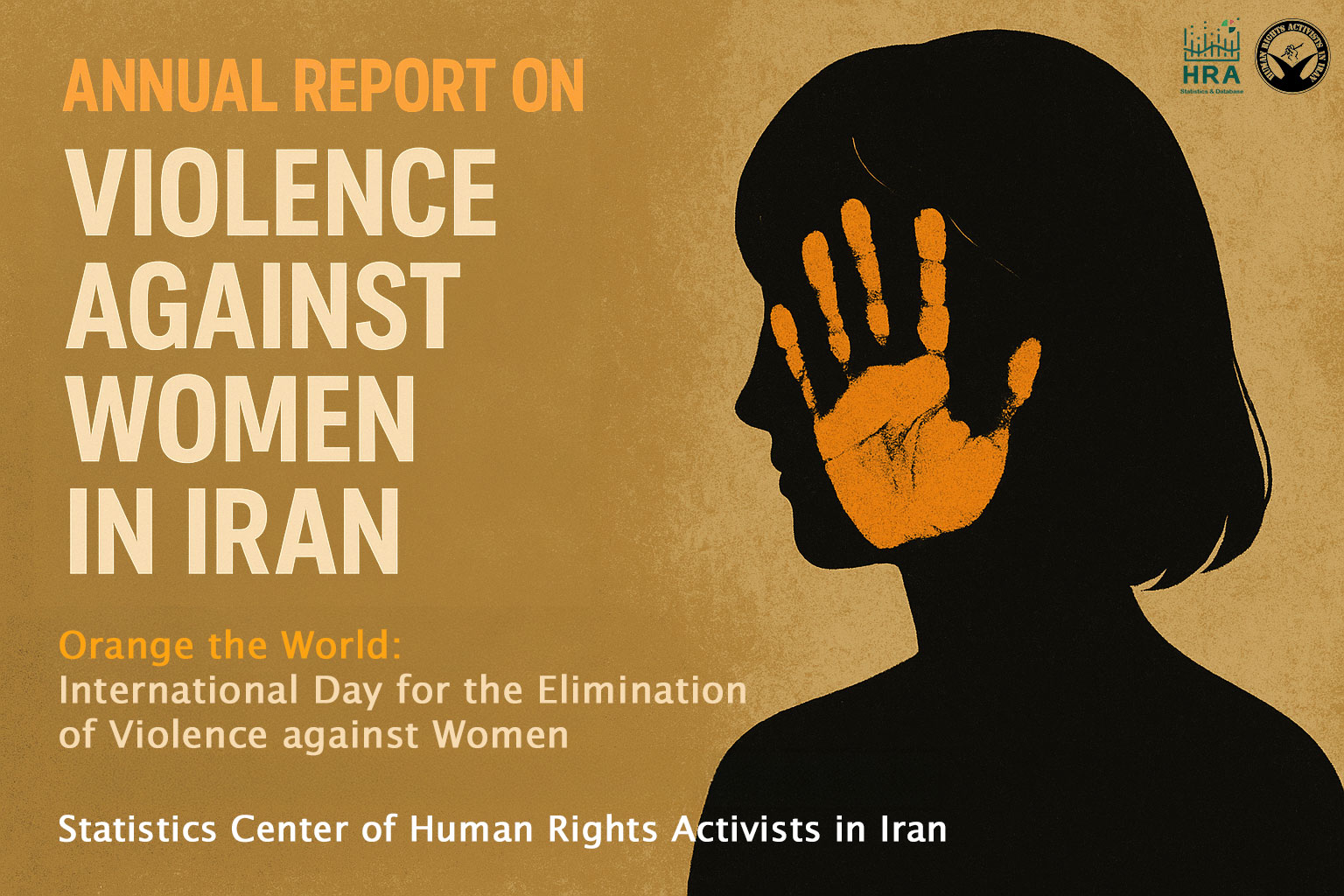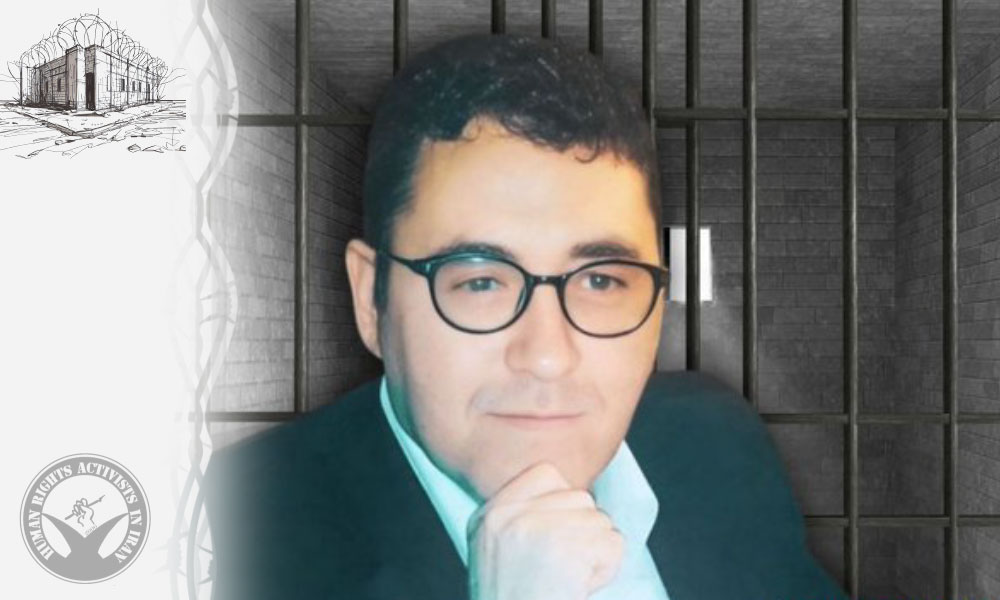For several days, a very large number of cities across Iran witnessed a truck drivers’ strike—an action that began on the first of Khordad (May 22, 2025) and, due to its scale and its reflection on social media and in public opinion, forced officials of the Islamic Republic to respond.
Truck drivers protested a wide range of issues, including the introduction of a three-tiered diesel pricing system, rising insurance costs, increases in the price of tires and spare parts, and the delayed payment of freight charges.
While, according to the National Truck Drivers Association, the strikers had 50 demands, government officials stated they would only address three or four of them.
Meanwhile, the significance of the truck drivers’ strike—which, according to some reports, spanned more than 150 cities—placed it at the forefront of labor protests, not only in recent years, but over the past several decades. Although truck drivers had gone on strike previously in 2018, that protest lacked the current level of scope and organization.
The Government’s Response to the Strike and the Striking Truck Drivers
The truck drivers’ strike is one of the clearest signs of the state’s inability to effectively manage economic and social crises. Many truck drivers, due to rising costs and reduced income, have found themselves in dire financial situations—conditions that have affected not only their livelihoods but also the country’s supply and distribution chains.
As the strike expanded day by day and garnered significant public support, the government—like in previous instances—resorted to a combination of “carrot and stick” policies.
Simultaneously, officials began offering promises to end the strike, such as halting the implementation of the three-tiered diesel pricing policy and offering discounts in the insurance sector. These promises were made even though it was clear that the government had no intention of abandoning its two new policies and was merely trying to buy time in order to implement them later.
It was also announced that transportation fees would be paid on a regular basis.
Overall, it must be noted that in response to strikes in various regions, the government has made promises to improve conditions for the strikers—only some of which have been fulfilled.
On the other hand, law enforcement, intelligence, and judicial bodies arrested dozens of individuals in relation to the strike. These arrests were mostly carried out under the pretext of “disrupting the transportation network.” Prior to that, the government launched a media campaign to create the impression that the strike had caused disruptions in the provision of basic necessities to the public and had halted the delivery of agricultural products.
In this context, the repressive aspect of the response became more prominent. This is rooted in the government’s concern that the continuation and expansion of the strike could lead to a full-scale halt in the transport and distribution of goods, which in turn could fuel public dissatisfaction and ignite broader social crises.
At the same time, the strike had the potential to serve as a catalyst for workers and other wage earners—especially given that, in recent years, independent workers’ and retirees’ associations have repeatedly emphasized the need for wage earners to take to the streets to claim their rights.
For this reason, the government did not want to see the truck drivers’ strike become a model for other labor and social groups. The experience of the decades following the establishment of the Islamic Republic in Iran has shown that the government is deeply concerned about the spread of labor protests.
In the case of the truck drivers’ strike, it seems that this large-scale labor protest ended temporarily—through promises, some official measures, and the arrest of dozens of participants. However, the failure to fulfill promises and the government’s temporary approach to the truck drivers’ problems could lead to further dissatisfaction and renewed protests.
At the same time, based on past experience, it must be remembered that the government’s punitive and repressive tactics have only short-term effects and have failed to prevent renewed protests at factories and industrial units across Iran.
In this regard, the truck drivers’ strike should be viewed as a warning signal to the government, revealing the urgent need for serious reforms in the economic and social policies implemented by the Islamic Republic. But the government has shown that—despite its slogans and even its own constitution and legislated laws—it is not committed to resolving the livelihood problems of tens of millions of Iranians. This failure, in the end, may lead to broader and more extensive labor protests in the near future.
Originally published in Khat-e Solh (Peace Mark) monthly magazine on April 21, 2025.







